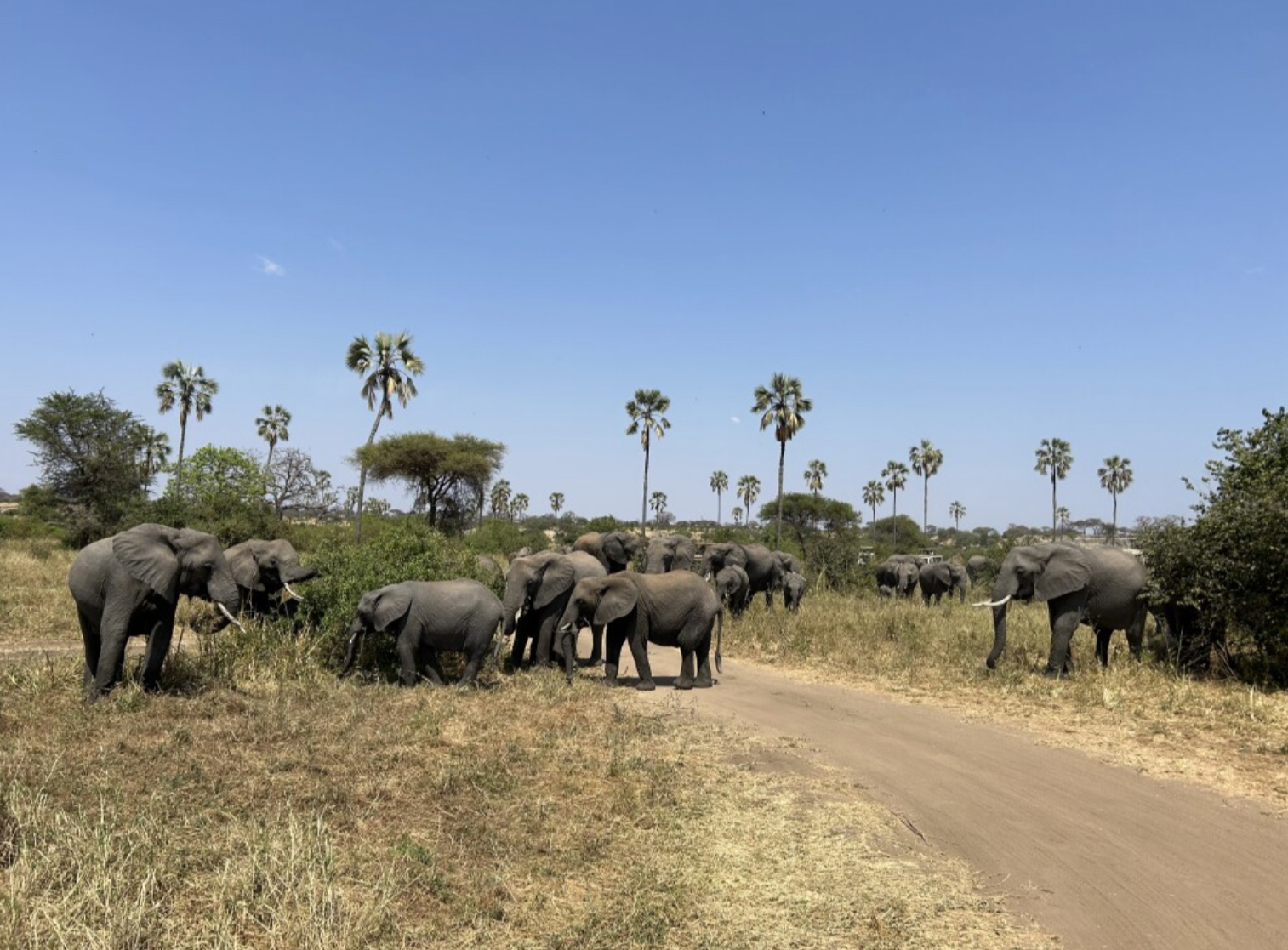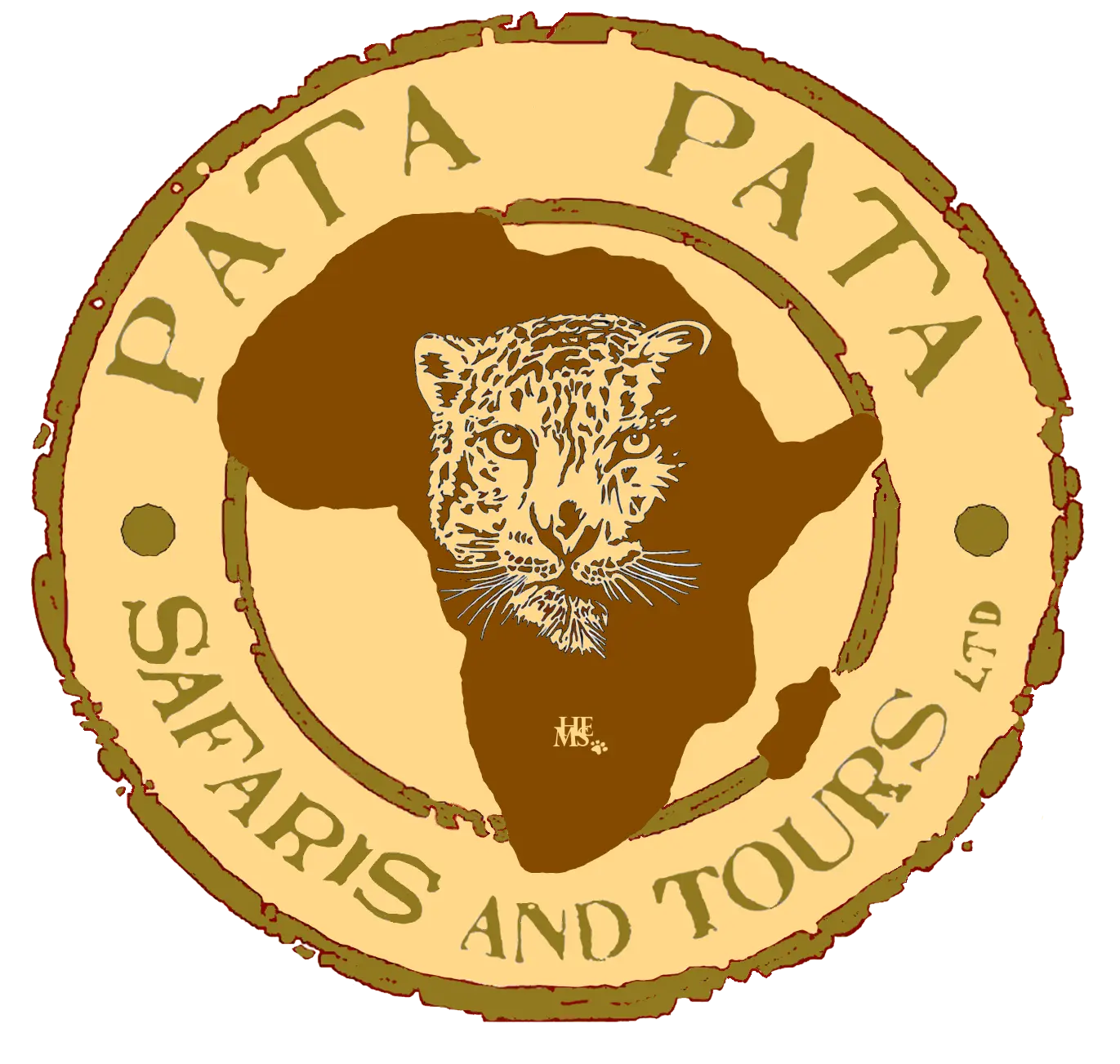
MIKUMI PARK
Mikumi National Park is located in central-eastern Tanzania. It currently covers an area of 3,230 km², and is the fourth largest park in the country after Serengeti, Ruaha and Katavi.
Mikumi borders to the south with the Selous Reserve (one of the largest wildlife parks in the world); the two areas form a single ecosystem, known as the Selous-Mikumi ecosystem, the largest on the entire African continent.
The landscape of Mikumi is often compared to that of the Serengeti. The road that crosses the park divides it into two areas with partially distinct environments.
The vegetation of this area is made up of savannah dotted with acacias, baobabs, sausage trees, tamarinds and some rare palms. In this area, in the part furthest from the road, there are the spectacular rock formations of the Rubeho and Uluguru mountains. The south-eastern part of the park is less rich in fauna and not very accessible.
The fauna includes many of the characteristic species of the African savannah. According to local guides, in Mikumi, the chances of seeing a lion climbing a tree trunk are greater than in Manyara (famous for being one of the few places where lions exhibit this behavior). In the park there is also an endemic subspecies of giraffe, which biologists consider the link between the Masai giraffe and the reticulated giraffe. Other animals present in the park are elephants, zebras, wildebeests, impalas, elands, kudus, sable antelopes, spotted hyenas, warthogs, baboons and buffaloes. About 5 km from the northern entrance to the park there are two pools inhabited by hippos. Over 400 species of birds have been counted in the park.
Mikuni belongs to the circuit of wildlife parks in southern Tanzania, less frequented by international tourism and more protected from an environmental point of view.
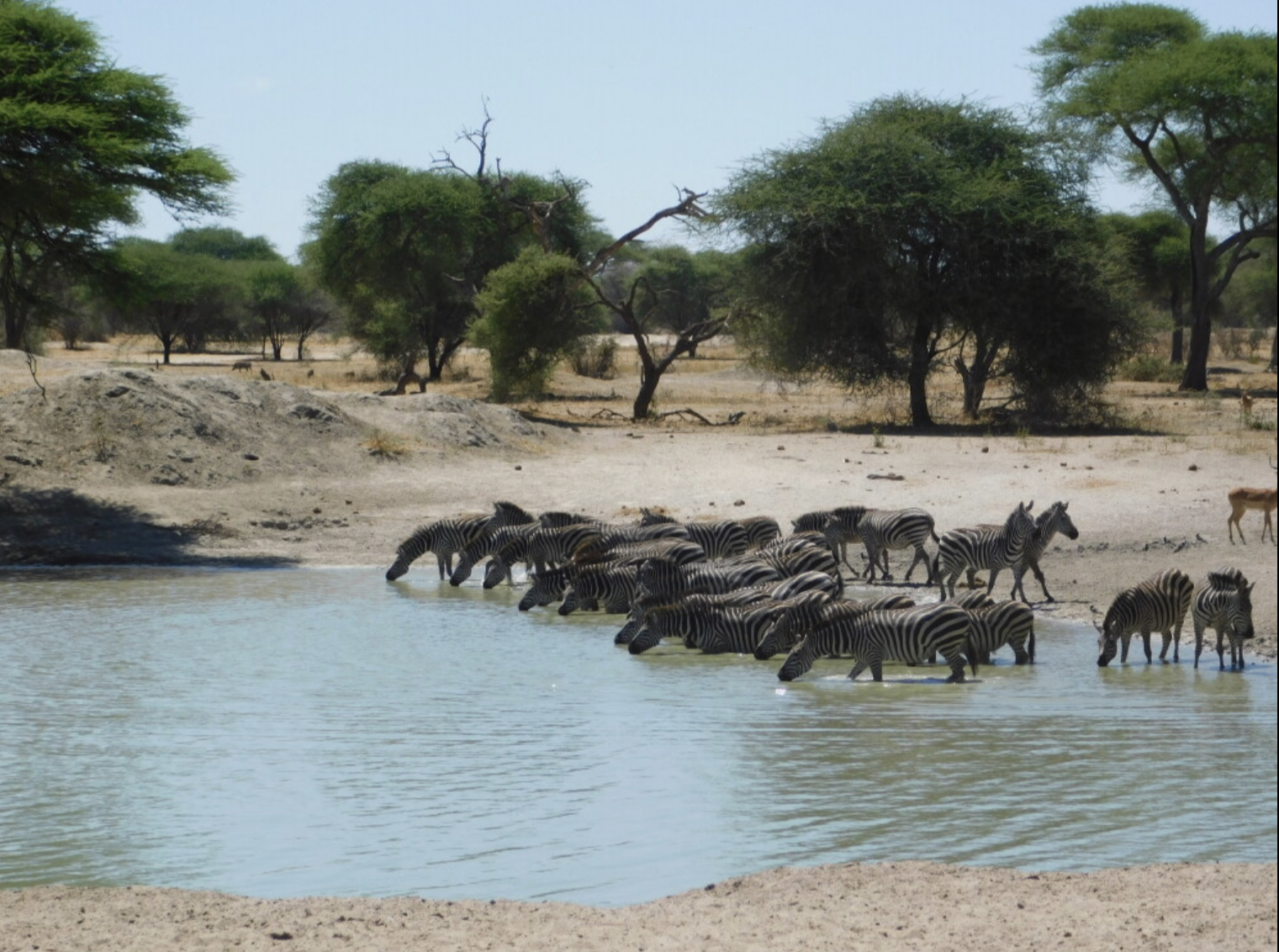
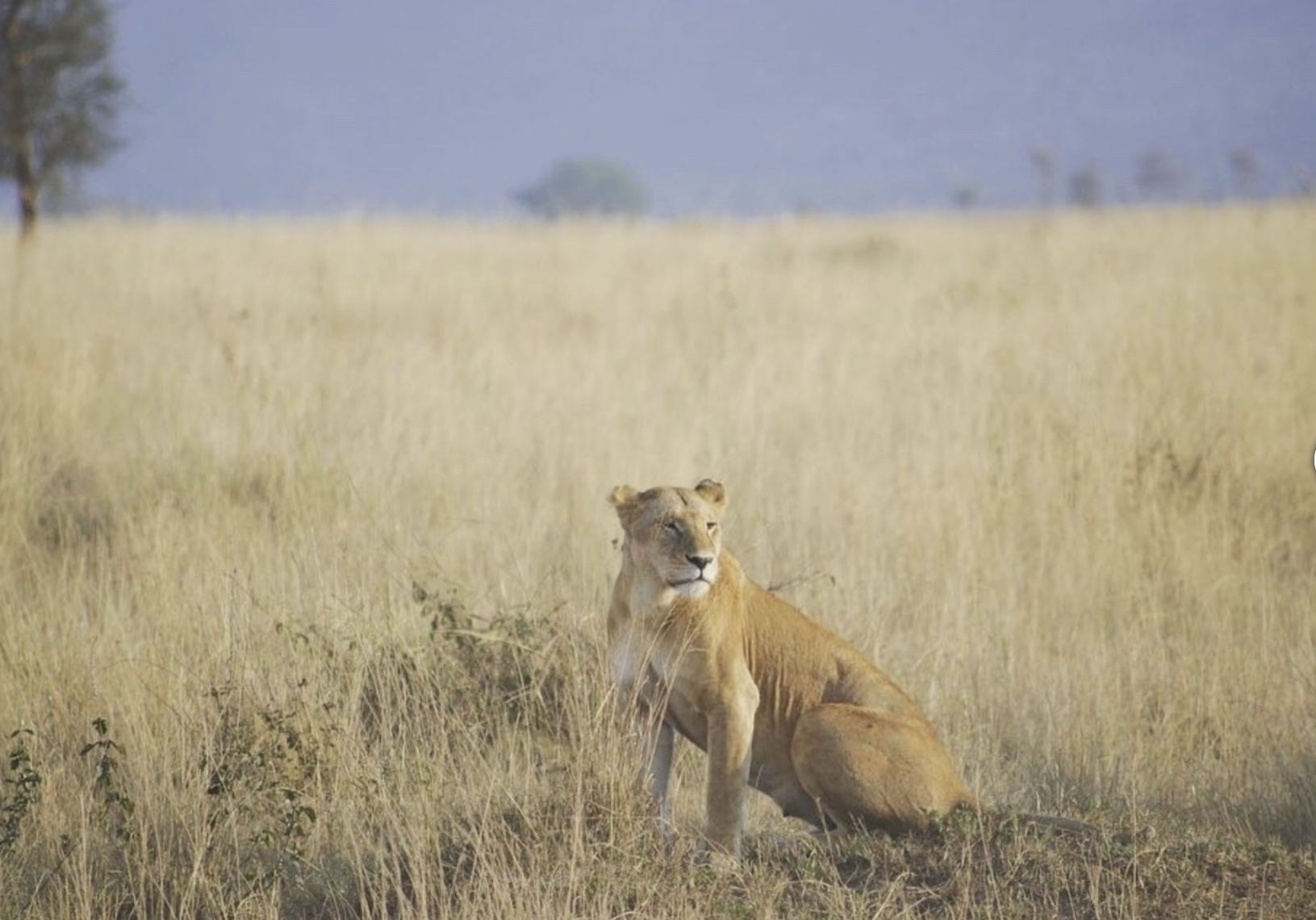
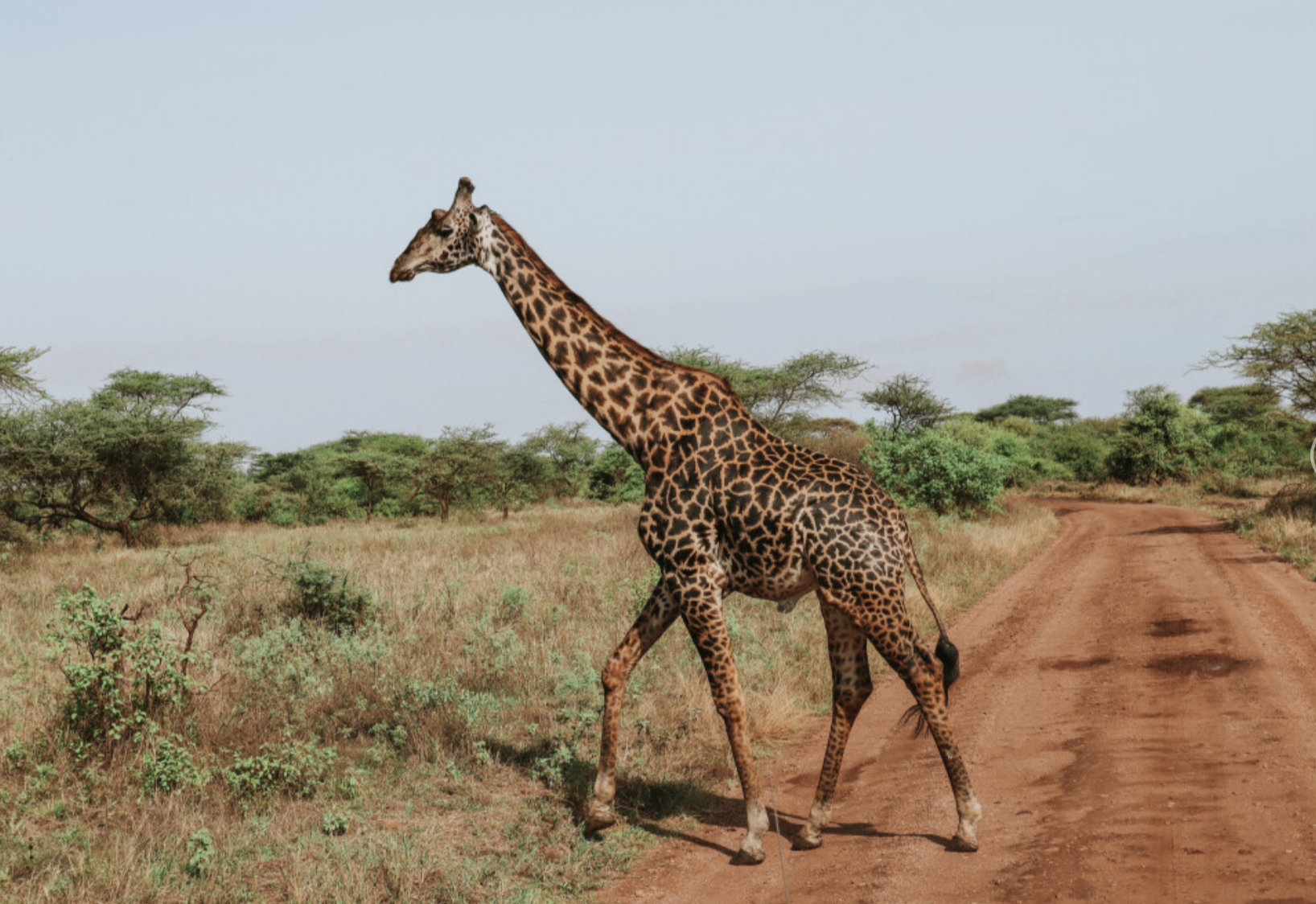
RUAHA PARK
Ruaha National Park is the second largest natural park in Tanzania. It covers an area of approximately 10,000 km², located in the interior of Tanzania, near the city of Iringa. The difficulties of access, especially in the past, have meant that the area has remained practically uncontaminated for several centuries.
The park takes its name from the Great Ruaha River, which forms the eastern border of the park, and is famous for its spectacular gorges.
The park is home to all representatives of African wild fauna: elephants, buffaloes, zebras, wildebeests, antelopes, giraffes, warthogs, monkeys and, of course, lions, leopards, cheetahs, wild dogs and hyenas. Numerous specimens of crocodiles and hippos can easily be spotted near the river. The park is home to over 370 different species of birds, some of which are not present in other areas of Tanzania.
SELOUS RESERVE
The Selous Game Reserve is one of the largest wildlife parks in the world, it is a tourist destination of medium importance, and is still largely little or not visited by humans at all. The total area of the park is 54,600 square kilometers. Some of the typical savannah animals (for example elephants, hippos, wild dogs and crocodiles) are found in Selous in higher concentrations than in any other African park. The rare lake antelope called sitatunga is present. There are 30 species of mammals including 55,000 elephants and 160,000 buffaloes and 350 species of birds.
Places of particular interest within the reserve are the Rufiji river (which flows into the Indian Ocean or in front of the island of Mafia and the Stiegler gorge, a canyon about one hundred meters deep and the same wide, crossed by a cableway. Around the gorge there are most of the reserve’s accommodation facilities (campsites and lodges).
Among the trees, just a few examples: acacias, tamarinds, palms, mangoes and the centuries-old baobab. The Selous park has such a variety of environments that you can easily go from bush to open savannah, to palm trees on the banks of the river.
Walking safaris are permitted in the Selous reserve, which is prohibited in most other African national parks.
